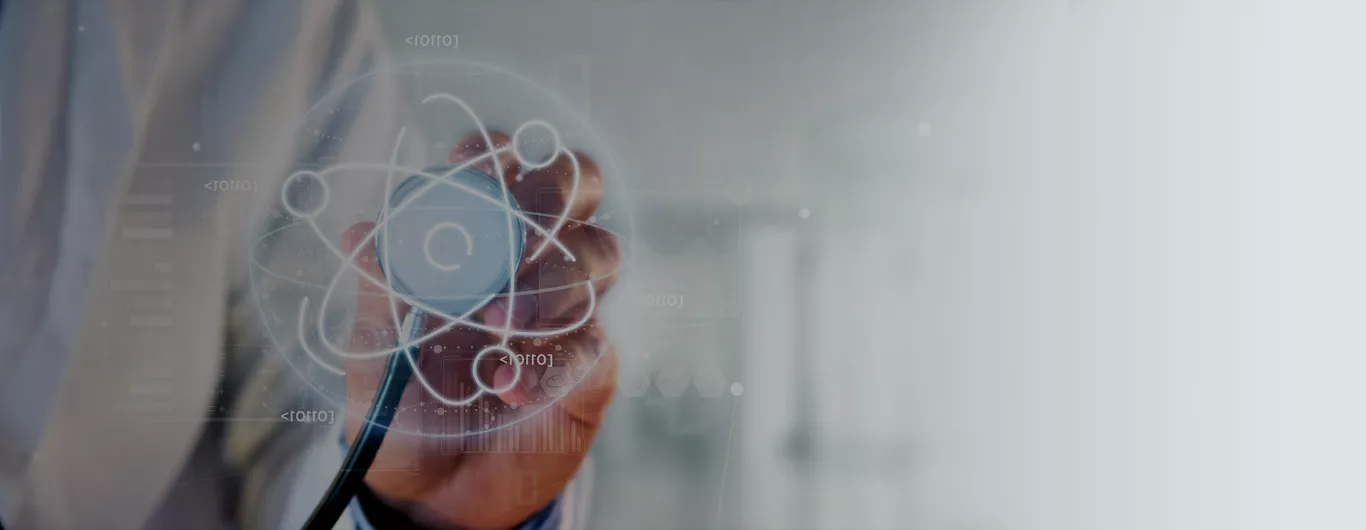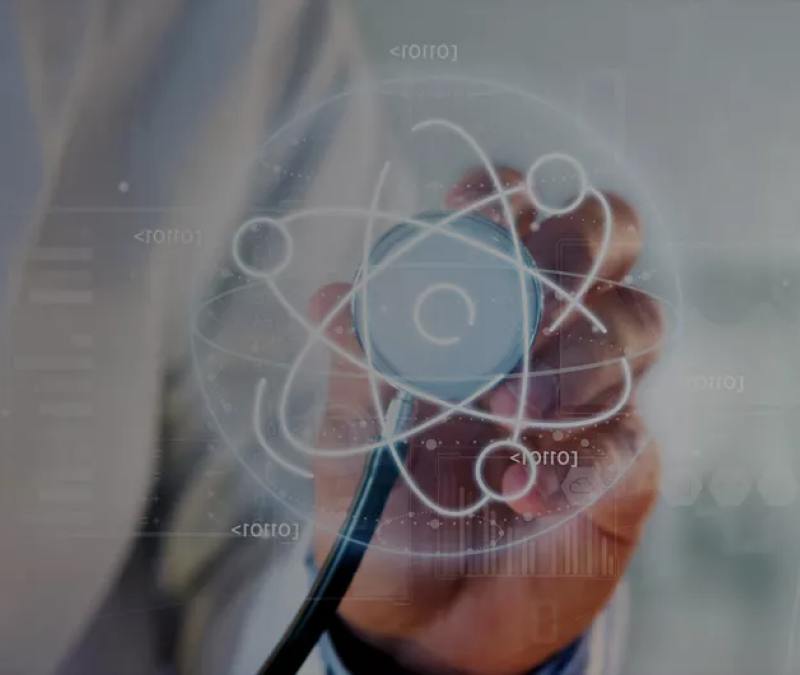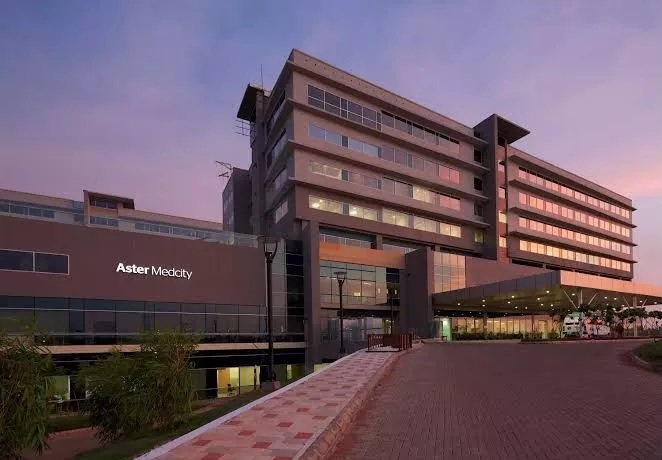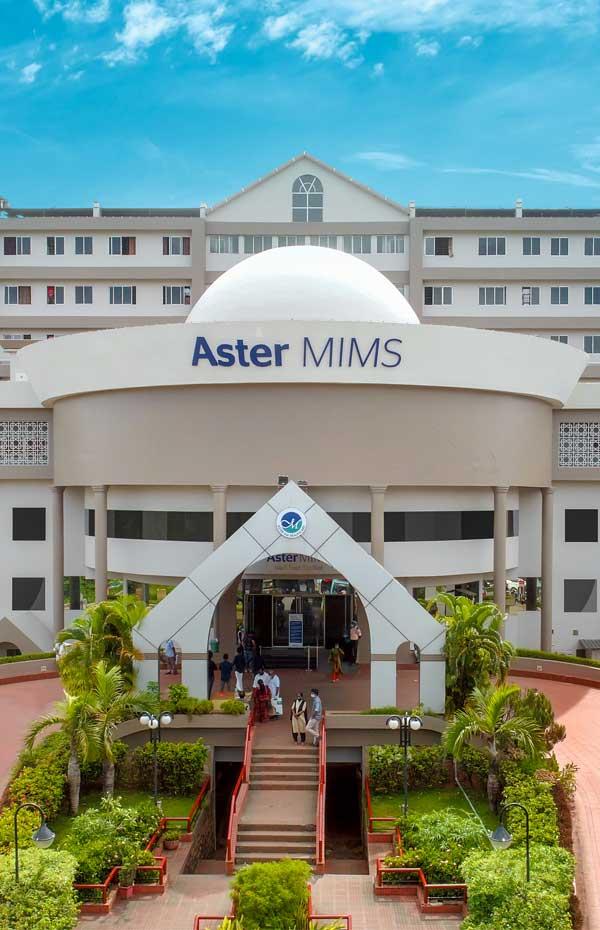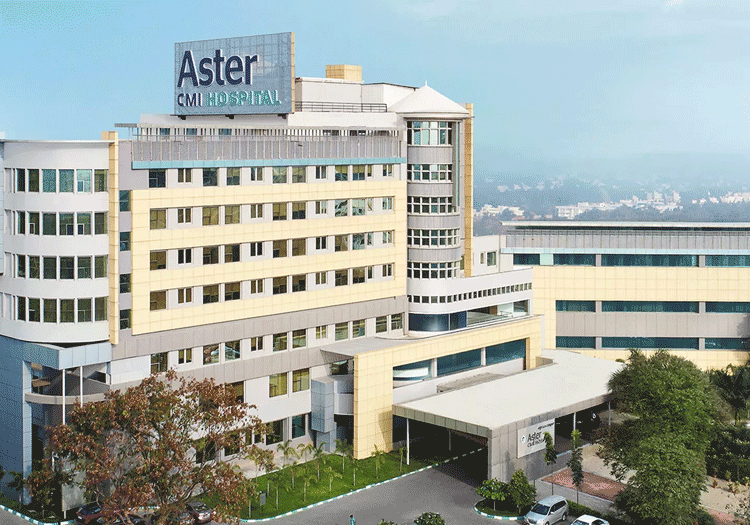The department of nuclear medicine and molecular imaging at Aster Hospital uses safe, painless and cost-effective techniques to image the functions of various organs and treat diseases. The department offers a wide range of imaging and therapeutic procedures under nuclear medicine and molecular imaging for various specialities. This branch of diagnostics uses small amount of radioactive material or tracer to diagnose the problems with the structure or functions of internal organs like lungs, heart, and liver and so on. The department with state-of-the-art infrastructure and skilled professionals allow quick and accurate diagnosis of various medical as well as surgical conditions. All the latest and advanced technologies are made available at the department to ensure specialised, individualised care to the patients.
Our Doctors
We have some of the best specialists from around the world, they bring years of experience and offer evidence-based treatment to ensure the best care for you.
Advanced Technology & Facilities
Well equipped with the latest medical equipment, modern technology & infrastructure, Aster Hospital is one of the best hospitals in India.
Equipped with revolutionary Time Of Flight (TOF) technology which increases PET performance, the Philips Astonish True flight select PET CT system operates fully in 3D mode and is exceptionally sensitive for faster scans, which means better lesion detectability, precise anatomical details and minimal PET radiation dose as the FDG dose injected is considerably less.
The GE SPECT-CT OPTIMA NM 640 gamma camera can provide exceptionally clear images at a very high speed, facilitating high-precision diagnosis. Low on radiation dose and examination time, it also allows hybrid by integrating the most advanced general purpose camera with a newly developed four-slice CT.
- Siemens Biograph Horizon time of flight PET CT
- GE SPECT CT Optima NM 640
- High Dose Radioactive iodine therapy ward
- Targeted therapy for liver tumours (TARE)
- Targeted Radionuclide Therapy (Lutetium, Actinium) for prostate and neuroendocrine tumours.
- Radiation Synovectomy
- Bone Pain Palliation
Digital PET with 80 slice CT (United Imaging, UMI 550 Digital PET/CT scanner)
First in Bangalore: Pioneer in introducing advanced imaging technology.
Ultra-fast, high-resolution: Swift and detailed imaging for accurate diagnosis.
Complete Organ Coverage: 24 cm axial FOV provides full organ coverage, enabling dynamic studies.
Quick Whole-Body Scans: Acquires whole-body scans in just 4 positions, completing scans in under 10 minutes.
Reduced Radiation Dose: Cuts patient radiotracer dose by 50% for enhanced safety.
Small Lesion Detection: The industry's smallest crystal (2.7 mm) allows precise detection of small lesions.
Ultra-High Resolution: Achieves 2.9 mm NEMA and 1.4 mm Clinical Resolution for detailed imaging.
Advanced Technologies: Incorporates advanced features like TOF, PSF, HYPER Iterative, and HYPER DPR for improved image quality.
Best Image Clarity: Higher Matrix (600x600) ensures optimal image clarity.
High Temporal Resolution: Rapid 0.5-sec rotation speed enhances temporal resolution for detailed imaging.
1.a) PET CT Scan
A positron emission tomography/computed tomography (PET/CT) scan, is a sophisticated medical imaging technique that combines two powerful technologies to provide comprehensive information about the structure and function of the body.
When is it used?
PET/CT scans are widely used in oncology to
Detect and stage various types of cancer
Identify early disease even before the onset of symptoms
Precisely locate and characterize lesions
Assess the extent of disease spread
Help physicians plan appropriate treatment strategies
Guide biopsy and surgery
Monitor treatment response
Reduce unnecessary procedures
PET/CT scan can also be used to diagnose
Heart conditions such as coronary heart disease
Neurological Disorders such as Alzheimer's disease, Parkinson's disease, and brain tumours
Infectious and inflammatory diseases
Endocrine disorders
Bone disorders
How it works?
We inject a tiny amount of radiotracer called fluorodeoxyglucose (FDG-18) into your body. This radioactive material emits signals depending on how much sugar your tissues are absorbing.
A PET scanner then detects these signals, measuring the activity of your cells. This helps us spot areas with increased or unusual activity, like where tumours may be developing.
At the same time, a CT scan uses X-rays to create detailed pictures of your body's structure, showing the size and location of organs and any potential issues. PET/CT scans typically have a lower radiation dose compared to conventional CT scans.
The PET/CT scan merges these details, giving us a complete picture of both metabolic activity and anatomical structures. This helps us understand your health more accurately.
1.b) PSMA PET Scan
Prostate-Specific Membrane Antigen PET (PSMA PET) scan, is an advanced medical imaging technique used in prostate cancer diagnosis and management. It is particularly valuable for detecting and staging prostate cancer, guiding treatment decisions, and monitoring the response to therapy with high precision.
How does it benefit prostate cancer management?
A PSMA PET scan enables timely action, making it an essential tool in the prostate cancer treatment process.
Detects prostate cancer at an earlier stage when it is most curable and treatable.
Pinpoints the exact location and extent of prostate cancer.
Provides detailed information for accurately staging the cancer.
Helps in personalizing treatment strategies based on the specific characteristics of the cancer.
Enables real-time monitoring of how well the cancer is responding to treatment.
Reduce the need for invasive procedures by providing comprehensive information through non-invasive imaging.
Contributes to better treatment outcomes through precise and targeted management.
Assists in more effective follow-up care by identifying any potential recurrence or spread of the cancer.
How it works?
A PSMA PET scan works by using a special radioactive substance that has a preference for prostate-specific membrane antigens (PSMA), found in higher amounts on prostate cancer cells.
You will receive an injection of a radioactive substance.
The injected radiotracer circulates in your body and is naturally absorbed by prostate cancer cells if they are present.
A PET scanner then captures images that highlight areas where the substance has accumulated, helping to pinpoint the location and extent of prostate cancer cells in your body.
Advanced Gantry Design: Slim-profile, wide-bore, robotic gantry for comfortable scans. Detectors in 180° and 90° orientations for efficient SPECT and whole-body scanning. Rapid multi-axis gantry motions for quick scans.
Superior Image Quality: Achieved through advanced Elite NXT detector technology and SPECT-optimized design.
Low Dose Imaging: Capable of imaging at half the patient dose without compromising image quality.
Automated Motion: The detector moves in/out and rotates around the ring automatically, adapting to different scanning positions.
Flexible Design: Accommodates various patient positions, including upright seated or standing, as well as imaging patients on stretchers.
Efficient Scanning: Real-time Automatic Body Contouring (ABC) enhances efficiency and resolution in different scanning procedures while maximizing image quality by minimizing patient-detector distance.
